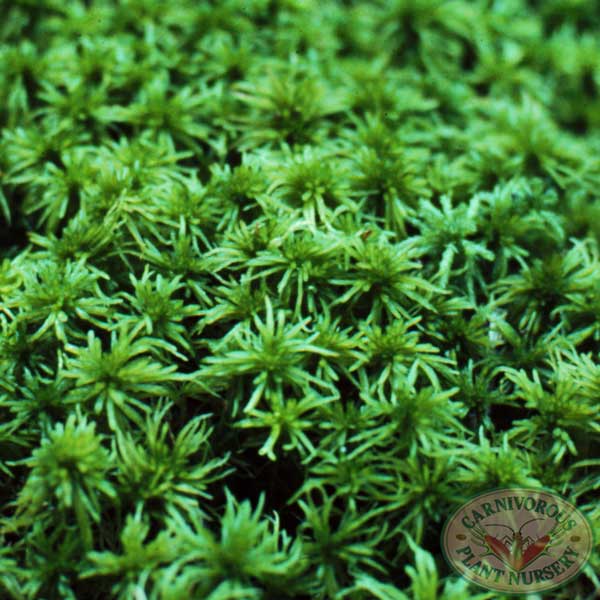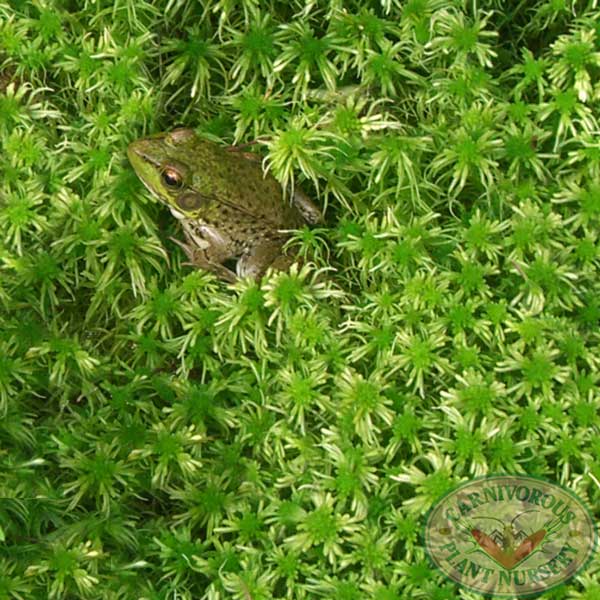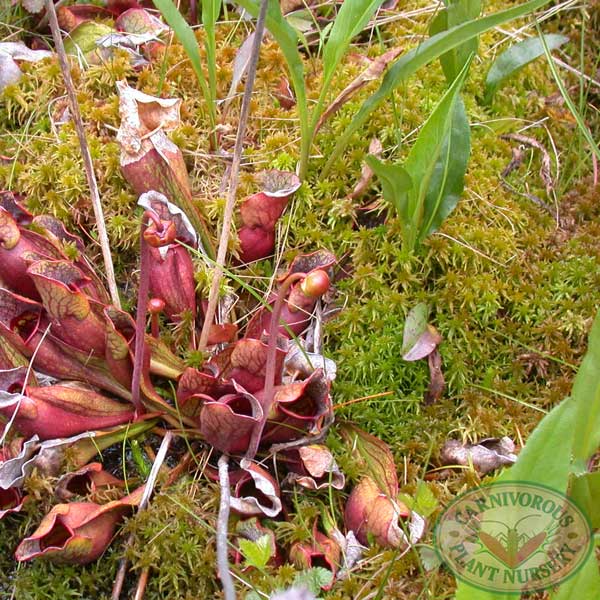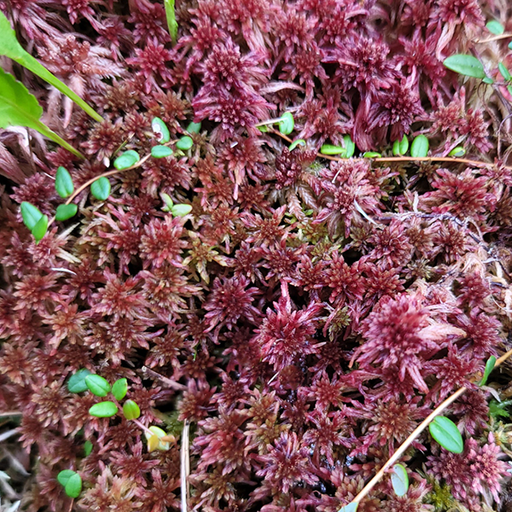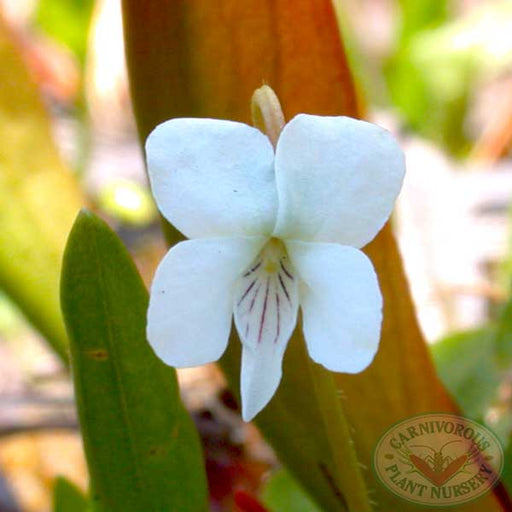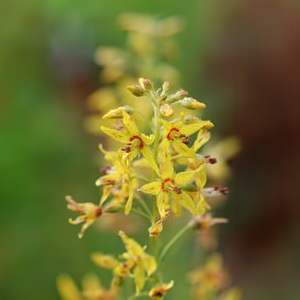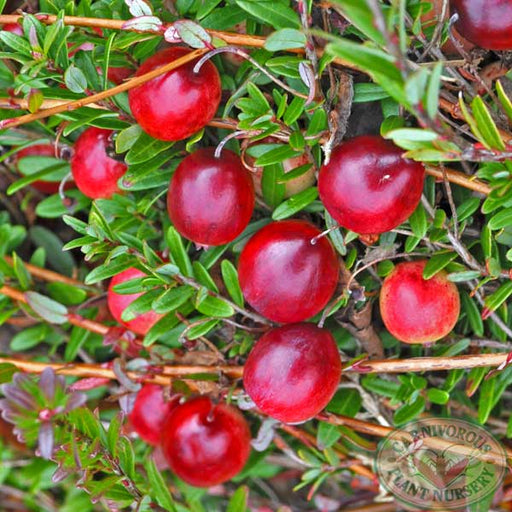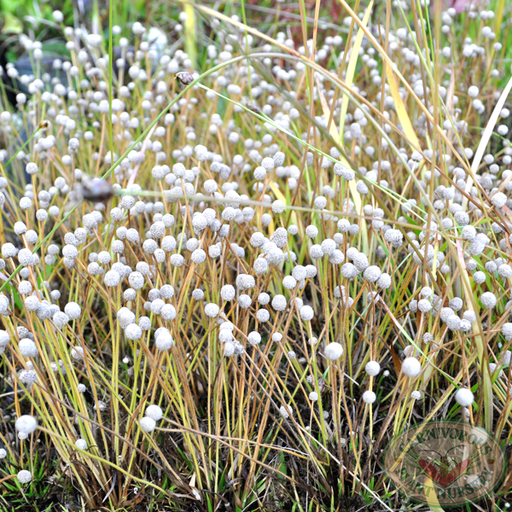Sphagnum Moss
Ease to Grow: Easy
Dormancy: Recommended
Native Range: Peat Bogs worldwide
Zones: 3-9 (2-10)
Live Sphagnum Moss, Sphagnum sp., is an elemental component of the bog. It is the very plant that decomposes and creates peat. Many growers use sphagnum moss in their bog gardens, as a top layer for their potted carnivorous plants, and as the actual growing medium for others. It is excellent in terrariums and with amphibians. Finely chopped, it makes a great starter for cuttings and seeds. It is frequently added to soil mixes to provide good moisture holding ability, as well as a looser, more porous mix.
This variety may exhibit various colors from green to brown to red, but is predominantly pale green.
Sphagnum Moss is a primitive bryophyte like ferns and clubmosses. Unlike more common forms of lawn or woodland moss, Sphagnum Moss is larger, and requires very damp growing conditions. It prefers the shady areas of the bog, typically growing in and among other bog plants. It is easily distinguished from other mosses by its pale green color, clumping habit and preference for wet areas. It is a rapid grower, clumps nicely, and does well with pitcher plants. It usually needs frequent trimming when grown with flytraps, butterworts and sundews. Select the Dwarf or Red Sphagnum for shorter, slower growing Sphagnum. It spreads nicely, and can be divided into smaller plugs to plant a larger area. Though Sphagnum Moss has no roots and does not require soil, it benefits from planting in a loose CP soil mix. It is winter hardy, and a popular material for birds and squirrels building nests in the Spring. Water with rain/distilled water.
This is living Sphagnum Moss. A portion is 1 measuring cup full, enough to cover a 4" pot.
Plants are shipped bare-root. Photographs are representative of the species, and not the specific live sphagnum moss for sale.
Height: 4" - 8"
Plant Type: Perennial, cold temperate
Soil: Lower Bog Mix
Soil pH: 4-6
Light: Partial Sun to Shade
Use: Top dressing or soil mix for carnivorous plants and terrariums.

